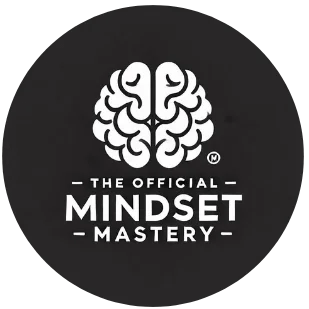In today’s fast-paced digital world, remote work has become increasingly common. While it offers flexibility, it also brings its own set of challenges, particularly when it comes to managing stress. Mindfulness techniques have emerged as powerful tools to help individuals cope with the unique pressures of working from home. These practices not only reduce stress but also enhance focus and overall well-being. Let’s explore some effective mindfulness strategies tailored for remote workers seeking to maintain balance and productivity in their home offices.
Understanding mindfulness and its benefits for remote workers
Mindfulness is the practice of paying attention to the present moment without judgment. It’s a skill that can be cultivated through various techniques and exercises. For remote workers, mindfulness offers a multitude of benefits:
- Reduces stress and anxiety
- Improves focus and concentration
- Enhances emotional regulation
- Boosts productivity and effectiveness
- Helps maintain work-life balance
According to a 2022 study by the American Psychological Association, 84% of adults reported experiencing work-related stress. This number has likely increased with the rise of remote work. Mindfulness can be a game-changer in managing this stress. As someone who has personally experienced the benefits of mindfulness, I can attest to its transformative power in navigating the challenges of working from home.
One of the key advantages of mindfulness for remote workers is its ability to help disconnect from work. When your office is just a few steps away, it’s easy to blur the lines between professional and personal life. Mindfulness practices provide a mental barrier, allowing you to step back and create necessary boundaries.
Essential mindfulness techniques for remote work stress management
There are several mindfulness meditation practices that are particularly effective for managing work-from-home stress. Here are some techniques you can easily incorporate into your daily routine:
- Body scan meditation: This practice involves systematically focusing on different parts of your body, from toes to head, helping you release tension and become more aware of physical sensations.
- Breathing exercises: Simple mindful breathing techniques can be done anytime, anywhere. They help calm your mind and reduce stress almost instantly.
- Sitting meditation: Set aside a few minutes each day to sit quietly and focus on your breath or a specific object. This practice enhances concentration and mental clarity.
- Walking meditation: Perfect for breaking up long periods of sitting, this technique involves walking slowly and mindfully, focusing on each step and your surroundings.
- Mindful check-ins: Regularly pause throughout your workday to check in with yourself. Notice your thoughts, emotions, and physical sensations without trying to change them.
These techniques are not one-size-fits-all. Experiment with different practices to find what works best for you. Remember, consistency is key. Aim to practice daily for about six months to form a habit and reap the full benefits of mindfulness.
Implementing mindfulness in your remote work routine
Integrating mindfulness into your daily work-from-home schedule doesn’t have to be complicated. Here are some practical tips to help you get started:
| Time of Day | Mindfulness Practice | Duration |
|---|---|---|
| Morning | Body scan meditation | 10 minutes |
| Mid-morning break | Mindful breathing | 5 minutes |
| Lunch break | Walking meditation | 15 minutes |
| Afternoon slump | Mindful check-in | 2-3 minutes |
| End of workday | Sitting meditation | 10 minutes |
Remember to create a dedicated workspace that promotes mindfulness. This could be a quiet corner in your home with plants, natural light, and minimal distractions. Set clear boundaries between work and personal time, and communicate these to your family or housemates.
It’s also crucial to take regular breaks and step away from screens. Use this time to practice quick mindfulness exercises or simply connect with nature. Even a few minutes of mindful presence can significantly reduce stress and boost your productivity.
Overcoming challenges and sustaining your mindfulness practice
While the benefits of mindfulness are clear, maintaining a consistent practice can be challenging, especially when working from home. Here are some strategies to help you overcome common obstacles:
- Start small: Begin with just a few minutes of practice each day and gradually increase the duration.
- Use technology wisely: Leverage best daily mindfulness practices apps or online resources to guide your practice.
- Join a virtual mindfulness group: Connecting with others can provide motivation and accountability.
- Be patient and non-judgmental: Remember that mindfulness is a skill that develops over time.
- Adapt your practice: Be flexible and adjust your mindfulness routine as your work schedule changes.
As someone who has incorporated mindfulness into my daily routine, I’ve found that these techniques not only help manage work-related stress but also enhance overall quality of life. The key is to approach mindfulness with curiosity and compassion, allowing yourself to grow and adapt along the way.
By consistently practicing mindfulness, you’ll develop greater self-awareness, improve your ability to handle distractions, and cultivate a sense of calm amidst the chaos of remote work. Remember, mindfulness is not about achieving a state of constant relaxation, but rather about developing the skill to respond to challenges with clarity and purpose.
Embrace these mindfulness techniques as valuable tools in your remote work toolkit. With practice and patience, you’ll find yourself better equipped to navigate the unique stressors of working from home, leading to increased productivity, improved well-being, and a more balanced approach to your professional and personal life.





